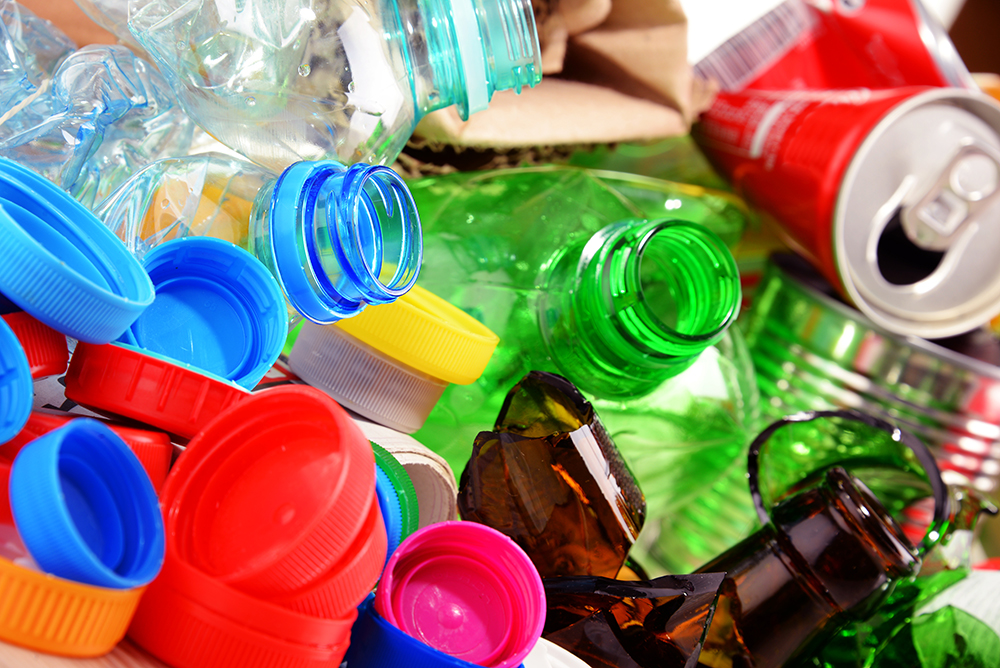What price can I currently get for the scrap paper wasted in my company? Who pays the most for recyclable plastics? How is the scrap metal market developing? In order to answer such questions, Fraunhofer IMWS researchers examine markets and principles of the collection, processing and disposal of recyclables. The project results can become an important building block to utilise secondary raw materials more efficiently and thus to protect the environment.
In Germany, in the main material paper categories, cardboard, packaging, metal, plastics and biomass alone, 53.6 million tonnes of secondary raw materials are recycled per year with a total value of more than 5 billion Euros. This shows: materials from waste play an important role in economic and ecological and also in societal terms. The efficient and effective recycling of materials is immensely important in view of the envisaged transformation of an environmentally-damaging throughput economy into a sustainable recycling economy.
Too many problems occur in our current global recycling systems: The recycling of materials is badly managed; there are insufficient recycling quotas and there is partly environmentally-damaging waste disposal. Evidence management of the recycling of secondary raw materials is a significant challenge. The decision and price setting mechanisms for the sale, or rather the purchase of recyclable materials, is not transparent and is static. Often collectors and disposal firms are dependent on personal and regional contacts, which makes the transparent marketing of the products more difficult and prevents sensible pricing mechanisms.
»At the moment, the entire process for collecting recyclables, their usage and disposal is not really efficient. This could be remedied with innovative approaches with regards to return and recovery as well as effective management of recycling networks – and this is exactly the type of solution we are working on«, says PD Dr Christian Growitsch, leader of the project »Recycling Systems and Innovative Utilisation of Waste Materials« and director at the Fraunhofer Center for Economics of Materials in Halle (Saale).
Fraunhofer researchers have been aware of the verification management problem with regards to the recycling of secondary raw materials for some time and therefore want to promote the digitalisation of recycling chains on the basis of comprehensive analysis of material streams and markets on the Materials Data Space®. The long-term aim is a closed system for the recording of secondary raw material and recyclable material streams. The required process and market data is collated within the project, categorised and evaluated.
For this, the Fraunhofer IMWS researchers are initially dealing with material science investigations. »We will compare selected categories of plastics such as polyamide, polyethylene, polycarbonate or biopolymer with each other and will create datasheets for further processing. This requires differentiated analysis of material properties and their flow, however, with the recycling of various plastics categories being paramount«, says Christina Hampel, employees at the Fraunhofer Institute for Microstructure of Materials and Systems. The datasheets contain information about the properties of raw materials, production processes, component properties and on the collection or rather recycling of the plastics in already existing material cycles. The properties of the material category are the focus as well as the manufacturing processes, the presentation of the market volume and of market prognoses, the comparison of the carbon dioxide footprint, an overview of the recovery, sorting, contamination routes and much more in order to produce a sustainable, ecological and economical recycling matrix.


